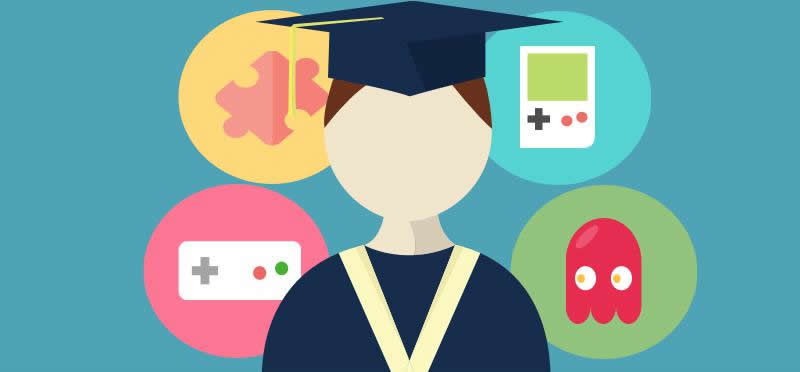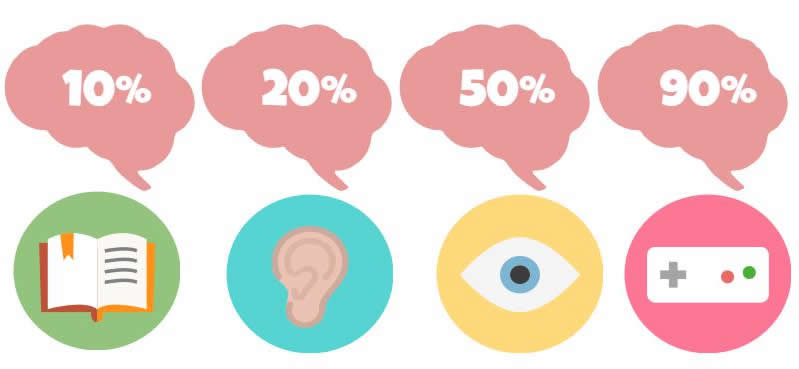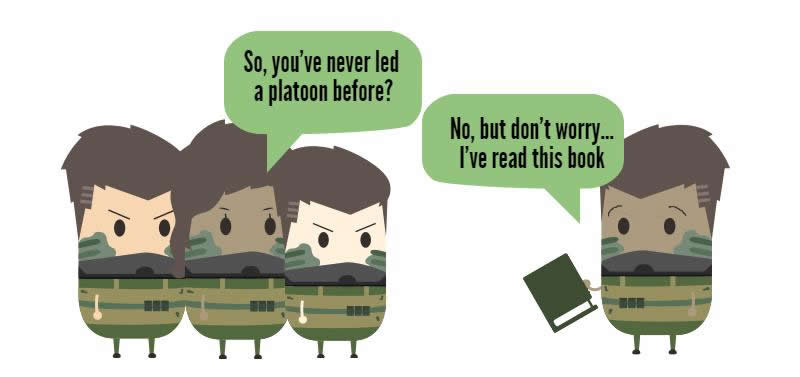- Mike Titchen
- March 14th, 2016
The battle of parent versus computer games has become a regular occurrence in homes the world over and, as the Xbox reigns supreme, homework is often abandoned in the bottom of school bags. What’s more, as a survey revealed the average gamer’s age as 35, it wouldn’t be surprising if Mum or Dad were Player Two in the very games distracting their kids.
Gaming is now part of our daily lives, with commuters spending hours on Candy Crush and Friday night Fifa tournaments becoming a regular social event. It is clear that computer games are engaging, somewhat addictive, and are certainly here to stay. Thanks to gamification, the rise in gaming means that education will not be left behind like abandoned sheets of algebra in the bottom of a school bag.
Instead of resisting or demonising this technology, quality online training providers are harnessing our love of gaming and using it to enhance students’ learning experience. Gamification incorporates an element of play into the learning process that has been neglected or inaccessible in traditional methods of teaching.
With continuously advancing technology, eLearning developers are increasingly able to produce more innovative and creative ways of learning to capture the imagination and enhance the capability of online students. The games that engulf hours of gamers’ evenings are not a compilation of PDFs on their screen, so why would we create our online training in this way? Gamification in education has the ability to transform once boring topics, or difficult to digest information, into fun and engaging games that results in more motivated students.
However, successful Gamification in eLearning is based on much more than the assumption that people would rather play games than read. There are real benefits in the engaging nature of games:
Playing around with education
A study into teaching methods revealed that, on average, students remember 10% of information if read, 20% if the information is received verbally, and 50% when shown through demonstration. However, an impressive 90% of information was remembered if the student was actively engaged in doing the job themselves. Gamification offers the secure and controlled environment for the student to do just that; they can learn and test their skills out in the controlled environment of a game, with no consequence to the outside world.
As we have discussed in previous insights, this absence of consequence is essential for quality eLearning training. The gamer, whether in an eLearning course or on the battlefields of Call of Duty, has unlimited lives. They are invincible, and in this pressure-free environment where choices, answers and decisions are ultimately of little consequence, the student is empowered and can test their knowledge, receive immediate feedback and monitor their own progress.
If the student has only studied through traditional methods, not only will their percentage of retained knowledge likely be lower than they’re capable of, but they may complete their training without having had the opportunity to practise their skills until they reach a real-life situation. Imagine if this unpractised student is a newly qualified Lean Six Sigma Belt leading a project meeting; any false move, or mistake, could lose the trust of the team and potentially damage the whole project.
Although nothing is exactly the same as real-life, our online courses have always encouraged students to take time to practice away from the computer screen and amongst peers: The technology of gamification offers a secure and unlimited space to prepare. Through gamified courses, the eLearner has had many opportunities to practice their skills, see their progress and gain confidence in their knowledge before entering the battlefield of the boardroom.
To find out more about the benefits of online training, or learn about gamification within our eLearning courses, call us on 0800 066 3749.




